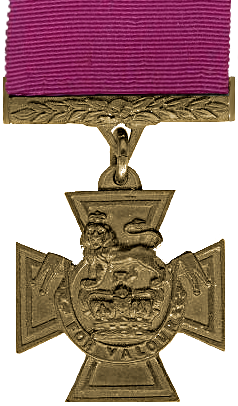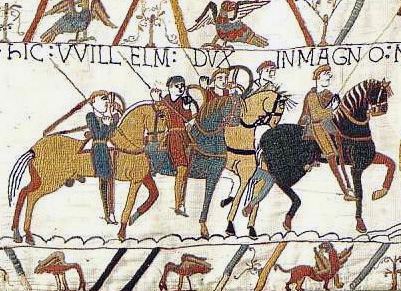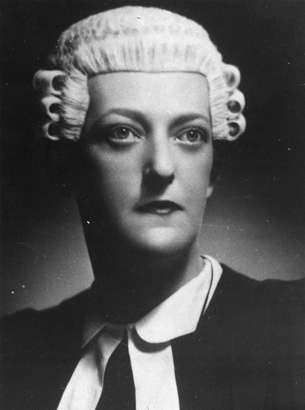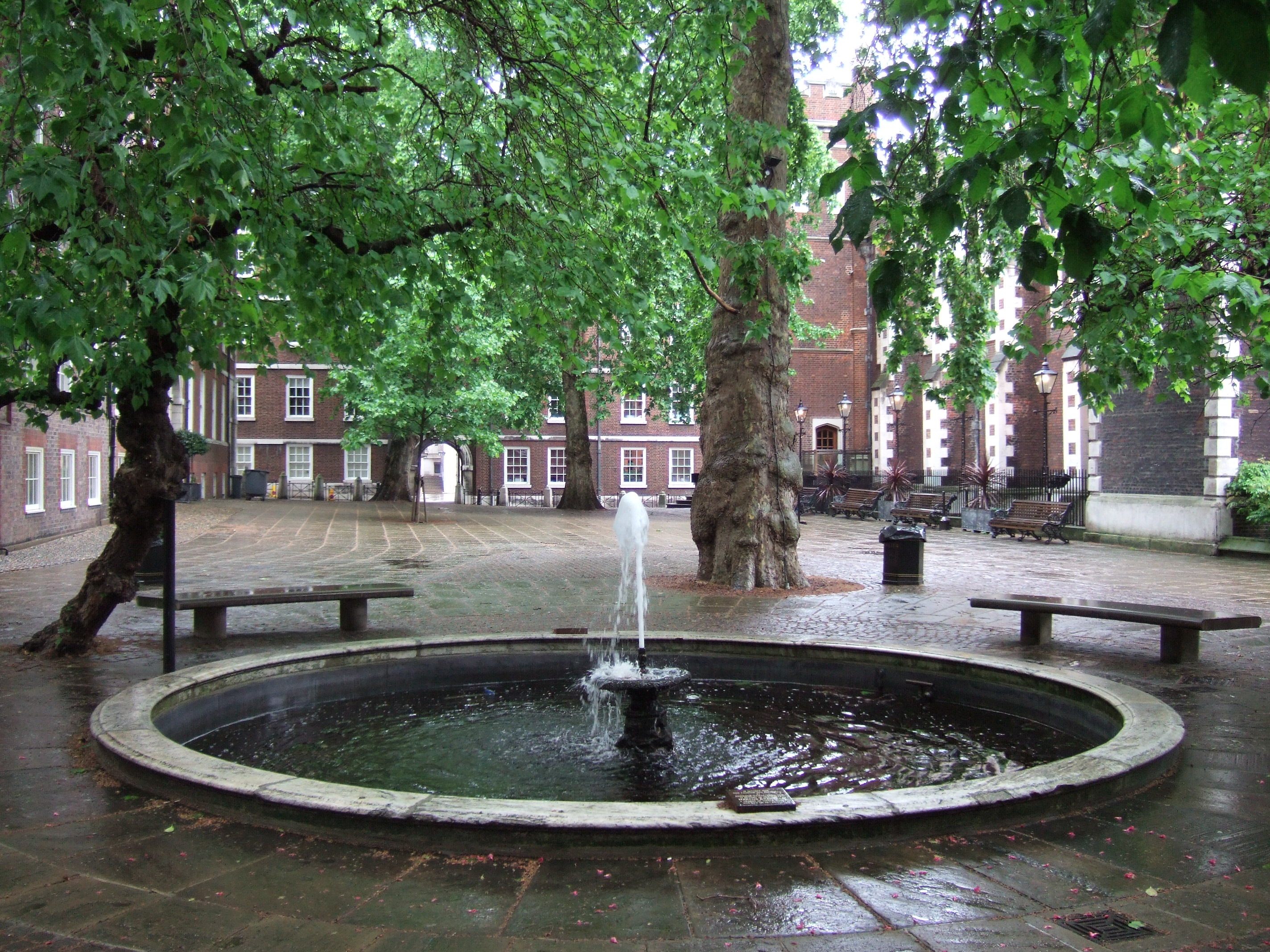|
Jan Smuts
Field Marshal Jan Christian Smuts, (baptismal name Jan Christiaan Smuts, 24 May 1870 11 September 1950) was a South African statesman, military leader and philosopher. In addition to holding various military and cabinet posts, he served as Prime Minister of the Union of South Africa from 1919 to 1924 and 1939 to 1948. Smuts was born to Afrikaner parents in the British Cape Colony. He was educated at Victoria College, Stellenbosch before reading law at Christ's College, Cambridge on a scholarship. He was called to the bar at the Middle Temple in 1894 but returned home the following year. In the leadup to the Second Boer War, Smuts practised law in Pretoria, the capital of the South African Republic. He led the republic's delegation to the Bloemfontein Conference and served as an officer in a commando unit following the outbreak of war in 1899. In 1902, he played a key role in negotiating the Treaty of Vereeniging, which ended the war and resulted in the annexation of the So ... [...More Info...] [...Related Items...] OR: [Wikipedia] [Google] [Baidu] |
Field Marshal (United Kingdom)
Field marshal (FM) has been the highest rank in the British Army since 1736. A five-star rank with NATO code OF-10, it is equivalent to an Admiral of the Fleet (Royal Navy), Admiral of the Fleet in the Royal Navy or a Marshal of the Royal Air Force in the Royal Air Force (RAF). A Field Marshal's insignia consists of two crossed batons surrounded by yellow leaves below Tudor Crown (heraldry), the Tudor Crown. Like Marshals of the Royal Air Force and Admirals of the Fleet, Field Marshals traditionally remain officers for life, though on half-pay when not in an appointment or retired. The rank has been used sporadically throughout its history, and was vacant during parts of the 18th and 19th centuries (when all former holders of the rank were deceased). After the Second World War, it became standard practice to appoint the Chief of the General Staff (United Kingdom), Chief of the Imperial General Staff (later renamed Chief of the General Staff (United Kingdom), Chief of the Gen ... [...More Info...] [...Related Items...] OR: [Wikipedia] [Google] [Baidu] |
Transvaal Province
The Province of Transvaal (), commonly referred to as the Transvaal (; ), was a province of South Africa from 1910 until 1994, when a new constitution subdivided it following the end of apartheid. The name "Transvaal" refers to the province's geographical location to the north of the Vaal River. Its capital was Pretoria, which was also the country's executive capital. History In 1910, four British colonies united to form the Union of South Africa. The Transvaal Colony, which had been formed out of the bulk of the old South African Republic after the Second Boer War, became the Transvaal Province in the new union. Half a century later, in 1961, the union ceased to be part of the Commonwealth of Nations and became the Republic of South Africa. The PWV (Pretoria- Witwatersrand- Vereeniging) conurbation in the Transvaal, centred on Pretoria and Johannesburg, became South Africa's economic powerhouse, a position it still holds today as Gauteng Province. In 1994, after the fall o ... [...More Info...] [...Related Items...] OR: [Wikipedia] [Google] [Baidu] |
Second Boer War
The Second Boer War (, , 11 October 189931 May 1902), also known as the Boer War, Transvaal War, Anglo–Boer War, or South African War, was a conflict fought between the British Empire and the two Boer republics (the South African Republic and Orange Free State) over Britain's influence in Southern Africa. The Witwatersrand Gold Rush caused a large influx of "Uitlander, foreigners" (''Uitlanders'') to the South African Republic (SAR), mostly British from the Cape Colony. As they, for fear of a hostile takeover of the SAR, were permitted to vote only after 14 years of residence, they protested to the British authorities in the Cape. Negotiations failed at the botched Bloemfontein Conference in June 1899. The conflict broke out in October after the British government decided to send 10,000 troops to South Africa. With a delay, this provoked a Boer and British ultimatum, and subsequent Boer Irregular military, irregulars and militia attacks on British colonial settlements in Natal ... [...More Info...] [...Related Items...] OR: [Wikipedia] [Google] [Baidu] |
Union Defence Force (South Africa)
The Union Defence Force (UDF) () comprised the Military, armed forces of South Africa from 1 July 1912, when the Defence Act (No 13 of 1912) took effect, two years after the creation of the Union of South Africa, until 1957 when it was reorganised and renamed the South African Defence Force (SADF). History of the UDF Establishment After the Union of South Africa was formed in 1910, General Jan Smuts, the Union's first Minister of Defence and Military Veterans, Minister of Defence, placed a high priority on creating a unified military out of the separate armies of the union's four provinces. The South African Defence Act (Act 13 of 1912) made provision for a UDF that would be composed of a Permanent Force (or standing army) of career soldiers, an Active Citizen Force (ACF) of temporary conscripts, a Coast Garrison Force and the Royal Naval Volunteer Reserve (South African Division) (RNVR(SA)), as well as any other defence arm that might in future be established to meet the defe ... [...More Info...] [...Related Items...] OR: [Wikipedia] [Google] [Baidu] |
South African Military Ranks
The South African National Defence Force's rank system is largely based on the British system, with the Air Force (and later the Military Health Service) sharing the Army rank titles. Current ranks Commissioned officer ranks The rank insignia of commissioned officers. Student officer ranks Warrant officers Master Chief and Senior Chief Warrant Officers The highest ranking South African non-commissioned officer is the Warrant Officer of the South African National Defence Force. They are the sole holder of the rank of Master Chief Warrant Officer. As of October 2012 the incumbent MCWO is Mothusi Kgaladi The rank of Senior Chief Warrant Officer is only held by the Master at Arms of the Navy, the Sergeant Major of the Army, the Sergeant Major of the Air Force, and the Sergeant Major of the Military Health Service. Other ranks The rank insignia of non-commissioned officers and enlisted personnel. Evolution of rank titles Army and Air Force ranks General officer ... [...More Info...] [...Related Items...] OR: [Wikipedia] [Google] [Baidu] |
United Kingdom
The United Kingdom of Great Britain and Northern Ireland, commonly known as the United Kingdom (UK) or Britain, is a country in Northwestern Europe, off the coast of European mainland, the continental mainland. It comprises England, Scotland, Wales and Northern Ireland. The UK includes the island of Great Britain, the north-eastern part of the island of Ireland, and most of List of islands of the United Kingdom, the smaller islands within the British Isles, covering . Northern Ireland shares Republic of Ireland–United Kingdom border, a land border with the Republic of Ireland; otherwise, the UK is surrounded by the Atlantic Ocean, the North Sea, the English Channel, the Celtic Sea and the Irish Sea. It maintains sovereignty over the British Overseas Territories, which are located across various oceans and seas globally. The UK had an estimated population of over 68.2 million people in 2023. The capital and largest city of both England and the UK is London. The cities o ... [...More Info...] [...Related Items...] OR: [Wikipedia] [Google] [Baidu] |
South African Republic
The South African Republic (, abbreviated ZAR; ), also known as the Transvaal Republic, was an independent Boer republics, Boer republic in Southern Africa which existed from 1852 to 1902, when it was annexed into the British Empire as a result of the Second Boer War. The ZAR was established as a result of the 1852 Sand River Convention, in which the Government of the United Kingdom, British government agreed to formally recognise independence of the Boers living north of the Vaal River. Relations between the ZAR and Britain started to deteriorate after the British Cape Colony expanded into the Southern African interior, eventually leading to the outbreak of the First Boer War between the two nations. The Boer victory confirmed the ZAR's independence; however, Anglo-ZAR tensions soon flared up again over various diplomatic issues. In 1899, war again broke out between Britain and the ZAR, which was swiftly occupied by British forces. Many Boer combatants in the ZAR Bittereinder, ... [...More Info...] [...Related Items...] OR: [Wikipedia] [Google] [Baidu] |
Isie Krige
Sybella "Isie" Margaretha Smuts (née Krige, also known as Ouma Smuts; 22 December 1870 — 25 February 1954) was the second First lady, First Lady of the Union of South Africa, and a teacher, farmer, charity organiser and Scrapbooking, scrapbooker. She grew up in the British Cape Colony and qualified as a teacher in 1891. She taught for six years before marrying Jan Smuts, who later became the second Prime Minister of South Africa, Prime Minister of the Union of South Africa. She was a staunch supporter of Afrikaner nationalist aims to break free of British rule. Smuts eventually supported her husband's efforts to bring reconciliation to the Dutch and English communities and the creation of the self-governing union. During the Second Boer War (1899–1902) and World War I she supplied care parcels to inmates and soldiers. When the war ended, she was active in the (South African Women's Federation), a social welfare service for war widows and orphans. In 1909, the couple settle ... [...More Info...] [...Related Items...] OR: [Wikipedia] [Google] [Baidu] |
United Party (South Africa)
The United Party was a South Africa, South African political party that was the ruling party from its formation in 1934 until 1948. Formed from the parties of Prime Ministers J. B. M. Hertzog and Jan Smuts, the United Party bridged British diaspora in Africa#South Africa, white English-speakers, Afrikaners and Coloureds. It was considered more liberal on race relations than the National Party (South Africa), National Party, which strongly supported the preservation of white supremacy. The United Party lost the 1948 South African general election, 1948 general election to the National Party which subsequently implemented apartheid. The United Party never held power again and dissolved in 1977, with remnants forming the New Republic Party (South Africa), New Republic Party and other smaller groups. Formation The United Party was formed by a merger of the majority of Prime Minister J. B. M. Hertzog's National Party (South Africa), National Party with the rival South African Part ... [...More Info...] [...Related Items...] OR: [Wikipedia] [Google] [Baidu] |
South African Party
The South African Party (, ) was a political party that existed in the Union of South Africa from 1911 to 1934. History The outline and foundation for the party was realized after the election of a 'South African party' in the 1910 South African general election under the leadership of Louis Botha. Botha called for a "South African National Party" (SANP) at Pretoria's Opera House on 14 June 1910, prior to the 1910 elections, but the Party was only formally created in November 1911 in Bloemfontein. It was made up predominantly of Afrikaner parties: * Het Volk from the Transvaal * Afrikaner Bond and South African Party from the Cape Colony * Orangia Unie from the Orange River Colony The South African Party of the Cape Colony was launched by William Schreiner, the former attorney-general under the leadership of Cecil Rhodes. The party was intended to project a more moderate platform than that of the Afrikaner Bond. This party also advocated more peaceful relations with ... [...More Info...] [...Related Items...] OR: [Wikipedia] [Google] [Baidu] |
Barrister
A barrister is a type of lawyer in common law jurisdiction (area), jurisdictions. Barristers mostly specialise in courtroom advocacy and litigation. Their tasks include arguing cases in courts and tribunals, drafting legal pleadings, jurisprudence, researching the law and giving legal opinions. Barristers are distinguished from solicitors and other types of lawyers (e.g. chartered legal executives) who have more direct access to clients, and may do transactional legal work. In some legal systems, including those of Anglo-Dutch law, South Africa, Stockholm Institute for Scandinavian Law#Scandinavian Law, Scandinavia, Law of Pakistan, Pakistan, Law of India, India, Law of Bangladesh, Bangladesh and the Crown Dependencies of Law of Jersey, Jersey, Guernsey#Politics, Guernsey and the Manx Law, Isle of Man, ''barrister'' is also regarded as an honorific. In a few jurisdictions barristers are usually forbidden from "conducting" litigation, and can only act on the instructions of ano ... [...More Info...] [...Related Items...] OR: [Wikipedia] [Google] [Baidu] |
Middle Temple
The Honourable Society of the Middle Temple, commonly known simply as Middle Temple, is one of the four Inns of Court entitled to Call to the bar, call their members to the English Bar as barristers, the others being the Inner Temple (with which it shares Temple Church), Gray's Inn and Lincoln's Inn. It is located in the wider Temple, London, Temple area of London, near the Royal Courts of Justice, and within the City of London. As a Liberty (division), liberty, it functions largely as an independent local government authority. History During the 12th and early 13th centuries the law was taught, in the City of London, primarily by the clergy. But a papal bull in 1218 prohibited the clergy from practicing in the secular courts (where the English common law system operated, as opposed to the Roman Civil law (legal system), civil law favoured by the Church). As a result, law began to be practised and taught by laymen instead of by clerics. To protect their schools from competi ... [...More Info...] [...Related Items...] OR: [Wikipedia] [Google] [Baidu] |









